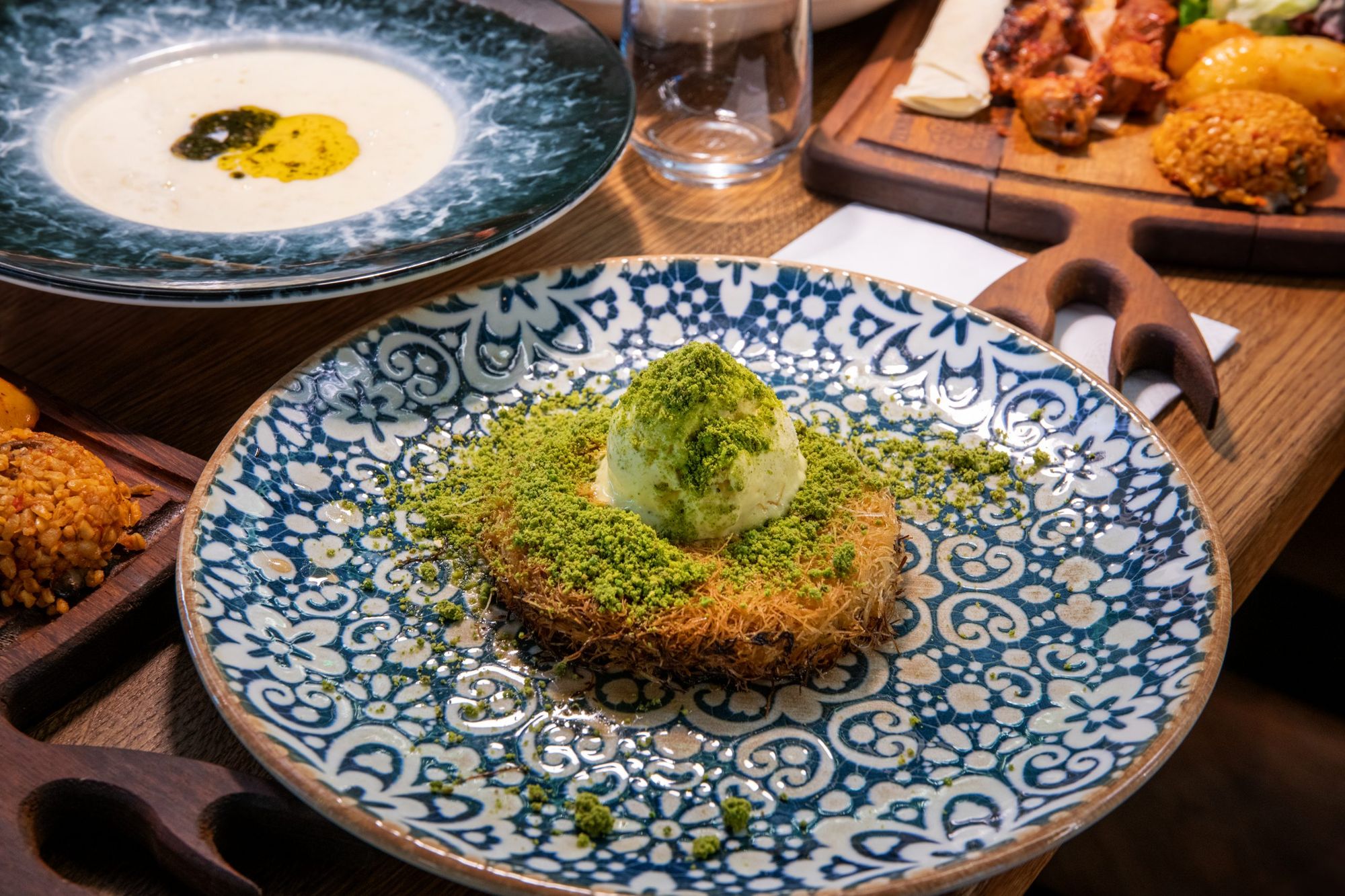We used to roam the zigzag streets of Chinatown and then discovered the Russian, Ukrainian and Belarusian worlds of Budapest, but there are still quite a few cultures to meet. We are now traveling all the way to Asia Minor, on the shores of the Bosphorus, to get to know the world of Turkey—in Budapest.
Turkey has always been an exciting destination for Europeans. It may seem cliché, but the colorful hustle and bustle of the fairs, the cacophonous scents surrounding restaurants or market stalls, the out-shouting, energetic vendors show a picture to the one-time traveler that whirls you. I admit, I’ve never been to the country before, but I’ve always been fascinated by their art and gastronomy, as far as I’ve been able to learn from a distance.
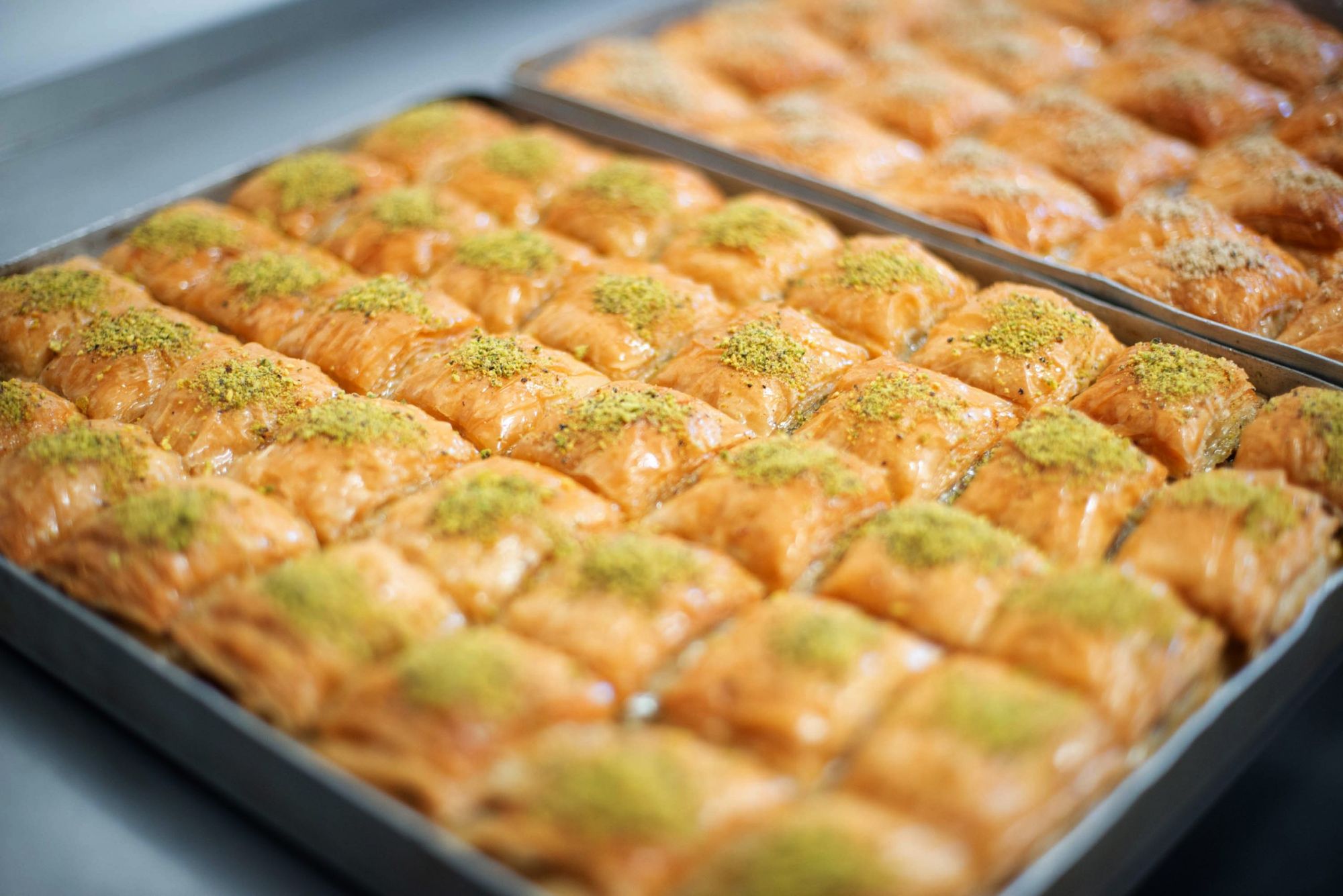
The country on the border of the continents is home to around 82 million people, but political dividedness and the hope of a more successful life led many to move to Europe since the 1980s. The western part of the continent, Germany and France, were the main destinations, but quite a few eventually found a home in Hungary. They were mainly engaged in gastronomy and textile trade—both of which are outstanding in the region and are highly sought after across borders. Today, according to the embassy, approx. 4,000 people live in the country, but that’s just an estimate, plus there are plenty of commuters as well as students. At the same time, the community does not stick together; with a bit of exaggeration, they only meet in the mosque, as the political tension there reaches here as well. Although the Turks practiced living with other peoples: think of the Ottoman Empire, they ruled the area where today are the Balkans, Iran, Syria, North Africa, and so on and as we know, they also set foot for 150 years in significant parts of Hungary.
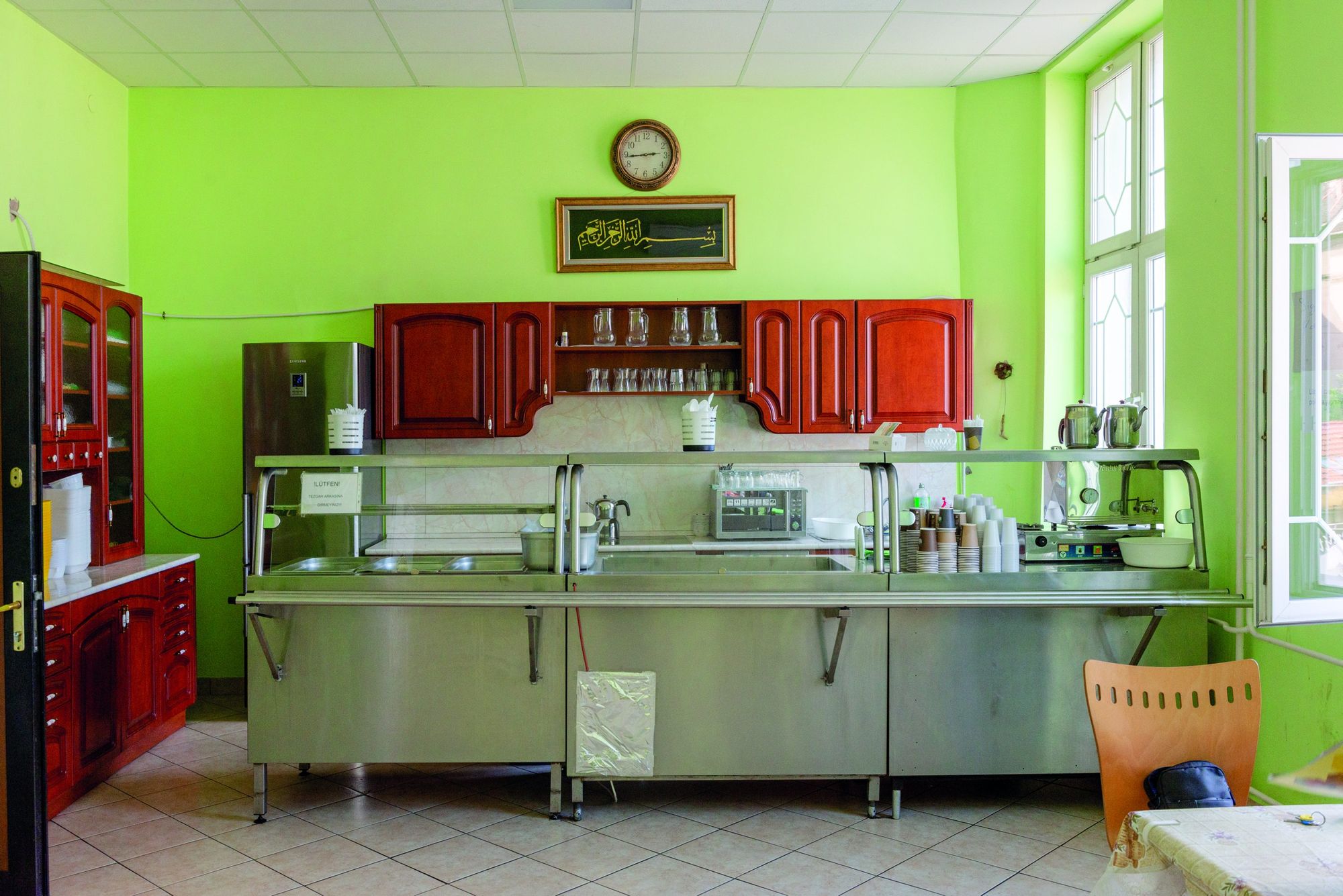
The Turks living here today went on with the traditions. We can also get to know some details of this: those who are interested can even find places like a baklava factory in Kőbánya or a mosque. It is a fact that most Hungarians meet this world for the first time in Turkish buffets. The so-called esnaf lokantasıs, or canteens, are also very popular in Turkey, but the situation in Hungary is mixed: although there are almost 350 kebap places in Hungary, as in the case of Chinese fast-food restaurants, the offer has been adapted to local tastes. Hungarians got to know the Greek gyros earlier, so most Turkish kebap places offer similar food. But let’s get it right at the beginning: the word doner comes from the Turkish verb “dönmek”, meaning “to rotate”, kebap comes from the Arabic word “kabāb”, meaning “fried”. The doner is made from veal and lamb, cooked rotated and cut into thin slices, then served in a yeast-free flatbread, so-called lavash, this is the dürüm.
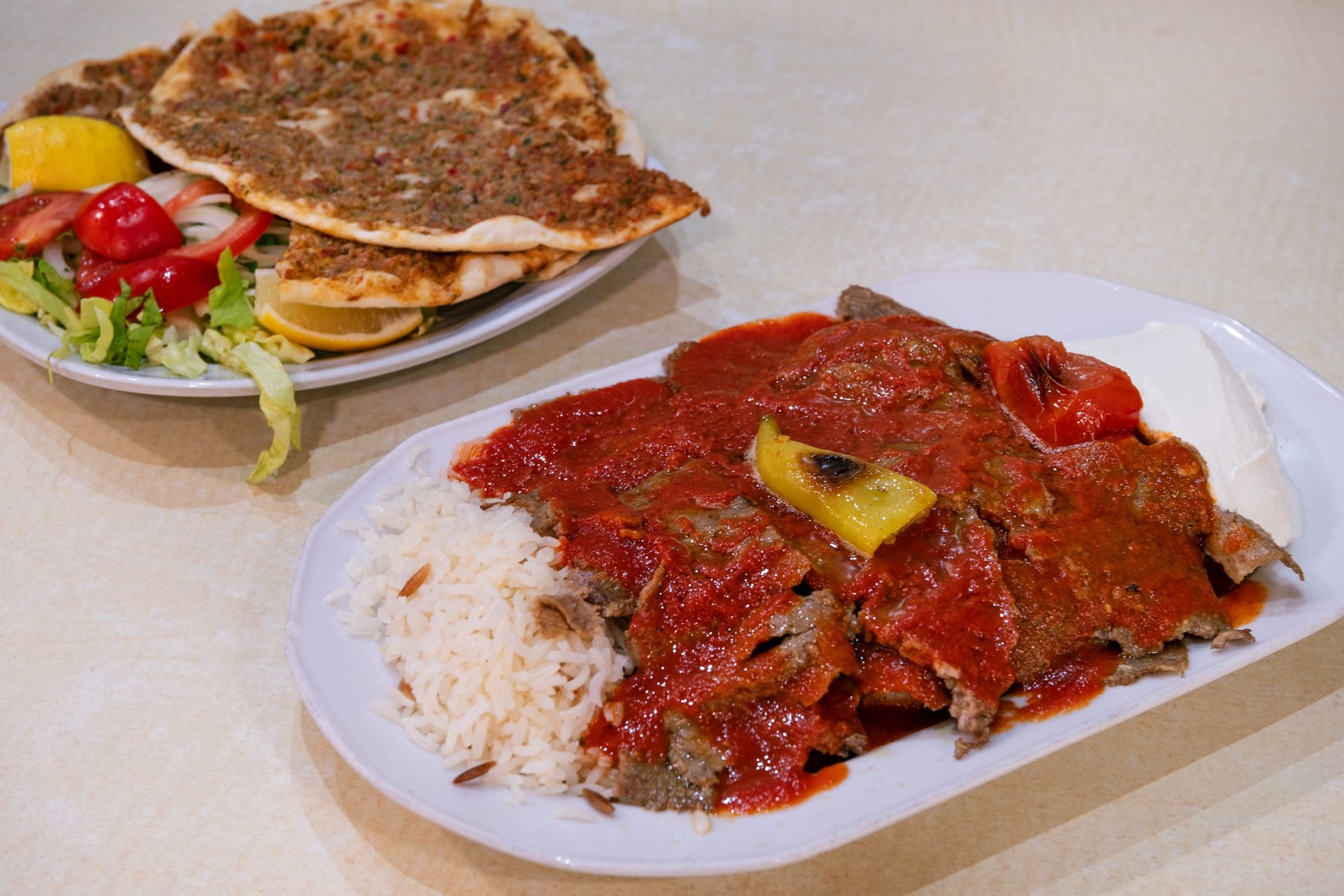
The so-called İskender kebap is when thin slices are stacked on sliced bread, sprinkled with hot tomato sauce, melted butter, and served with rice and thick yogurt. (The name refers to a chef named Hajdi İskender, to whom the invention of the doner is associated.) Seasoning and vegetables vary, but they are usually served with tomatoes, lettuce, and onions, as well as a sour, burgundy-purple spice called sumac (smoke-bush). Gyros, on the other hand, has Greek roots and is derived from the Greek word “γύρος”, which also means rotation. Although the meat is cooked in a similar way, pork and chicken are used, among others, as well as feta and halloumi cheese made from a mixture of goat and sheep milk. Although it is also served on the plate, even with fried potatoes, it is more common to serve it in a lightly heated pita with onions and tzatziki sauce.
Dedicated ones can catch a couple of original dishes—the Oscar Kebap House at Orczy Square is said to be surprisingly authentic (unfortunately they weren’t open at the time of writing), but perhaps many are familiar with Star Kebab, which can also be found at the Nyugati Railway Station. The owner, Mehmet Coskun, came to Hungary in 1992 to the Istanbul Restaurant on Király Street, and 5 years later, as a result of his success, he opened his first restaurant under the name 3Testvér Török Restaurant. Then in 2004, he launched the Star Kebab Turkish Restaurant chain, which we can try on Teréz Boulevard, for example. In addition to the usual roasts, you can already taste authentic salads here, and it is worth asking for a lahmacun, a Turkish pizza that is an extremely thin flatbread with spicy tomatoes and minced meat (not to be confused with pide that is baked in the shape of a boat and is like a pizza bread with yeast) or the İskender kebap mentioned above.
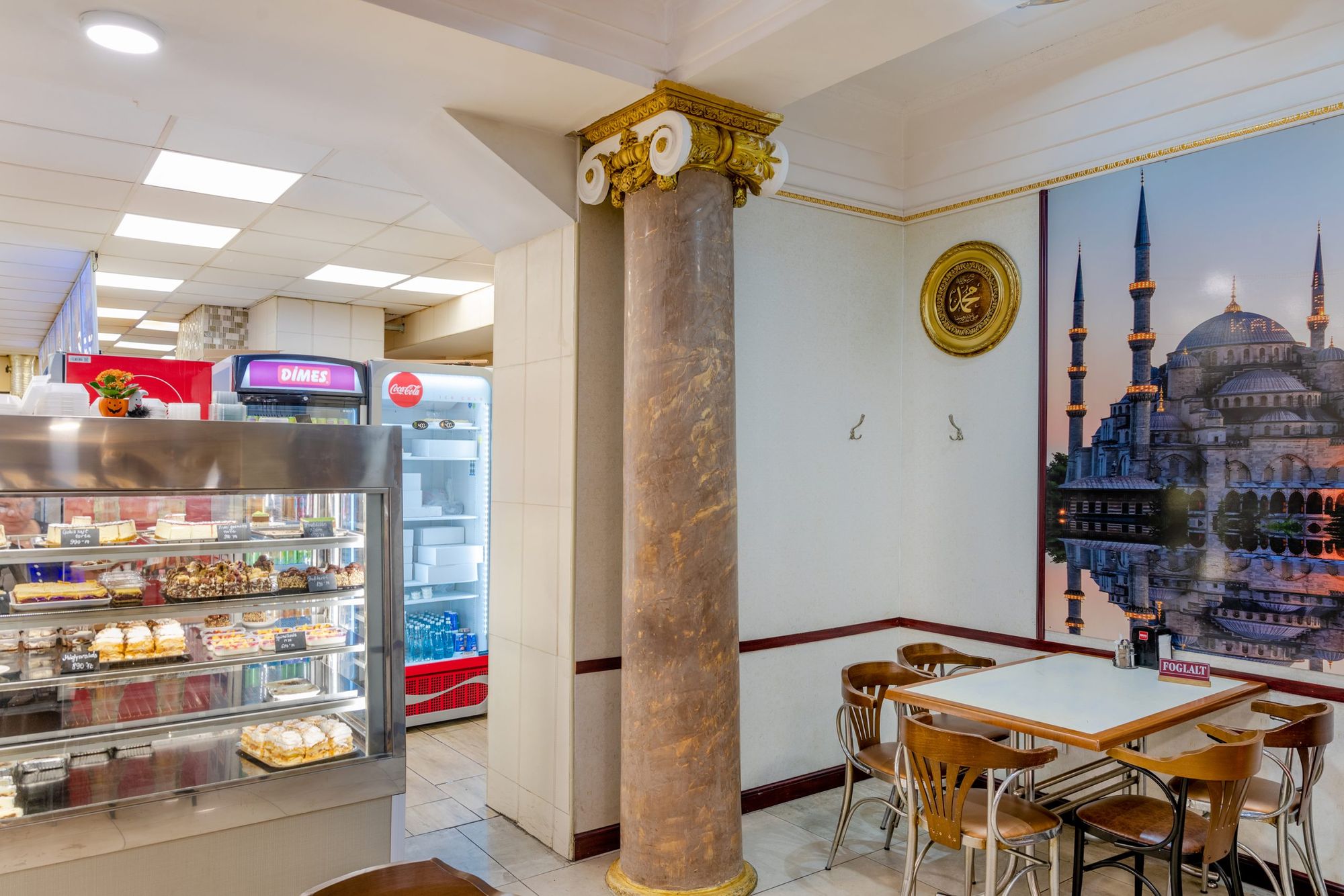
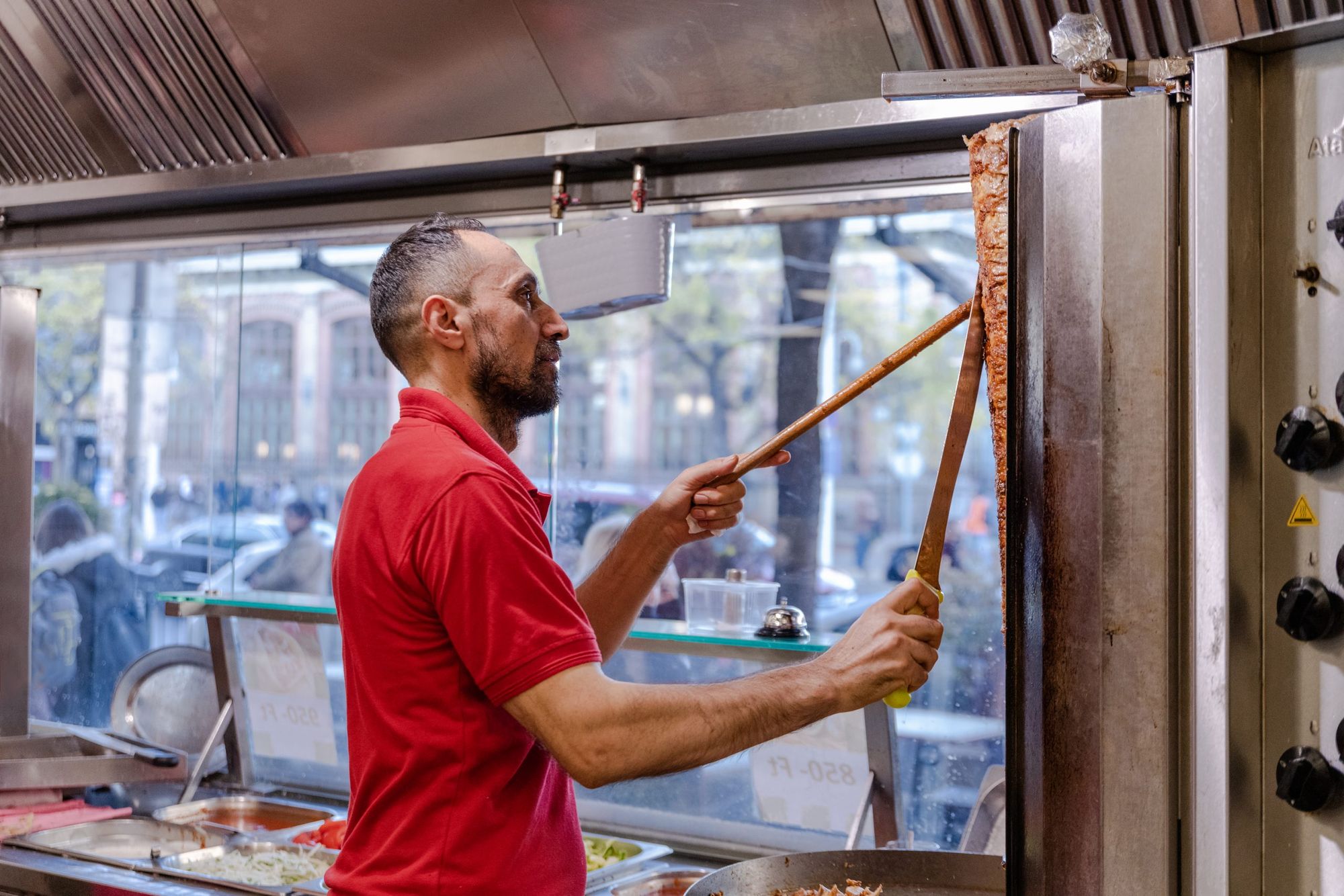

It is important to mention that there is no strictly speaking Turkish cuisine since what people like, depends on the area. Rather, it can be called Anatolian: the Turkish people brought animal husbandry and meat and dairy-focused meals to Anatolia, otherwise, the cuisine is based on bulgur, rice and other grains, and plenty of legumes (beans, lentils). Of the vegetables, eggplant, peppers, tomatoes and onions are the most prominent (by the way, we also got to know these plants during the Ottoman occupation, and even various stuffed foods, such as stuffed cabbage, were born at that time). Although we would not associate it with fish dishes, on the shores of the Aegean and Black Seas, where the raw material is fresh, we can find many of these. The same is true of spices: parsley, mint and dill are found almost everywhere, but while in the west the use of Mediterranean flavors, olives, fresh cheeses and herbs is widespread, in the south, there are much more tahini and legumes dishes, at the east, there are Roman cumin, pepper paste and pomegranate-balsamic vinegar, so the flavors of the Middle East, preferably with charcoal-grilled meats, and in the north, for example, a small fish called hamsi, which is eaten fried crispy, sometimes with raisin-cinnamon and sweet rice pilaf.
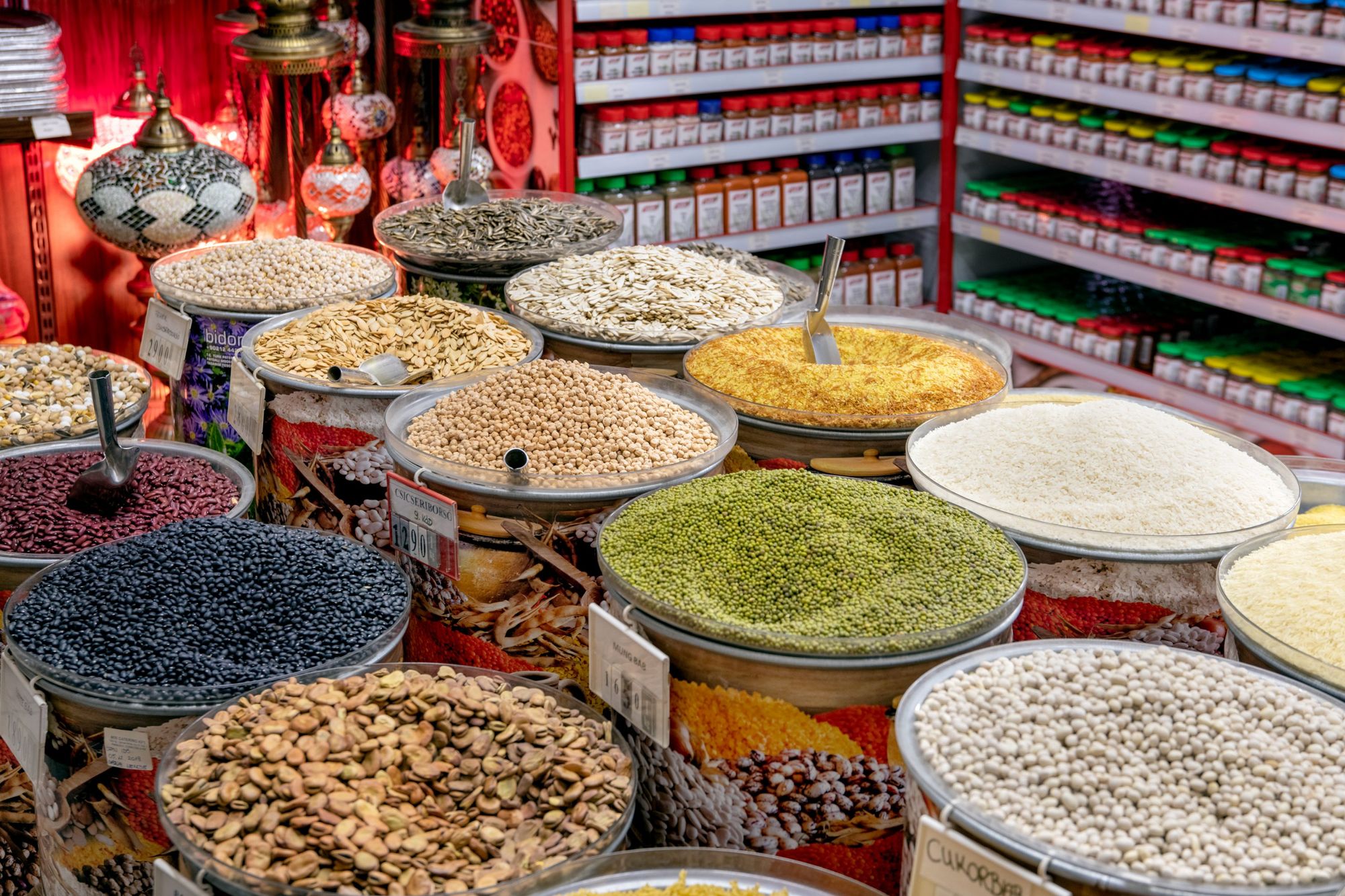
The middle of the country has the biggest variety of pasta, but the meze culture is also popular, with various creams (such as muhammara, which is walnut pepper dip) stuffed with vegetables, e.g. dried eggplant stuffed with spicy rice is also common. And if it’s Turkey, we can’t miss the desserts either: we divide them into roughly 3 groups. There are dried fruits consumed as a delicacy and sweet snacks like lokum. There are a variety of puddings (sütlaç, or rice pudding or muhallebi, which is milk pudding), as well as sweets with sugar syrups, such as baklava, revani (semolina cake with sherbet), or künefe, which is made from a string pastry, kadayif and is stuffed with salt-free cheese, flavored with pistachio.
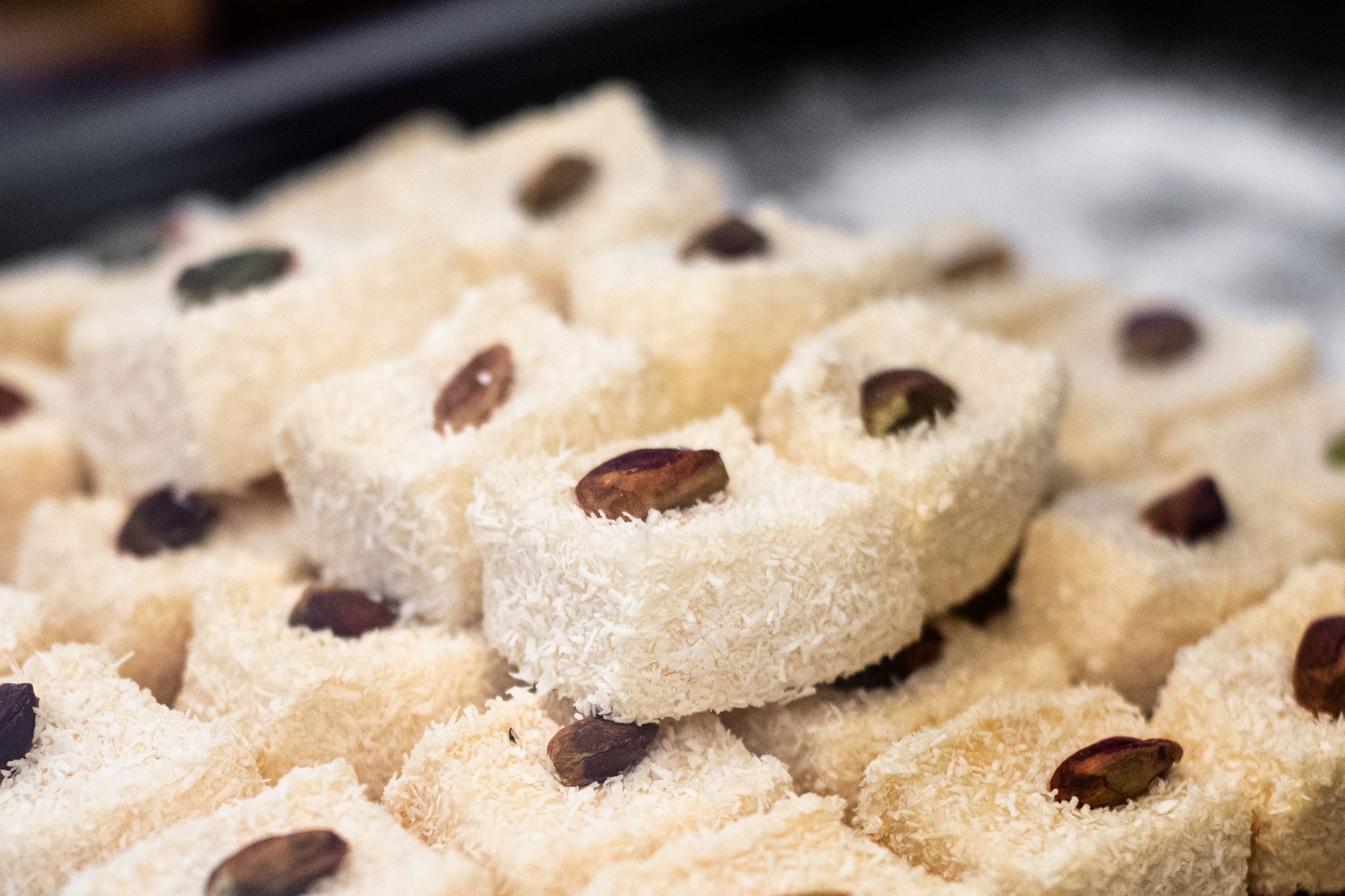
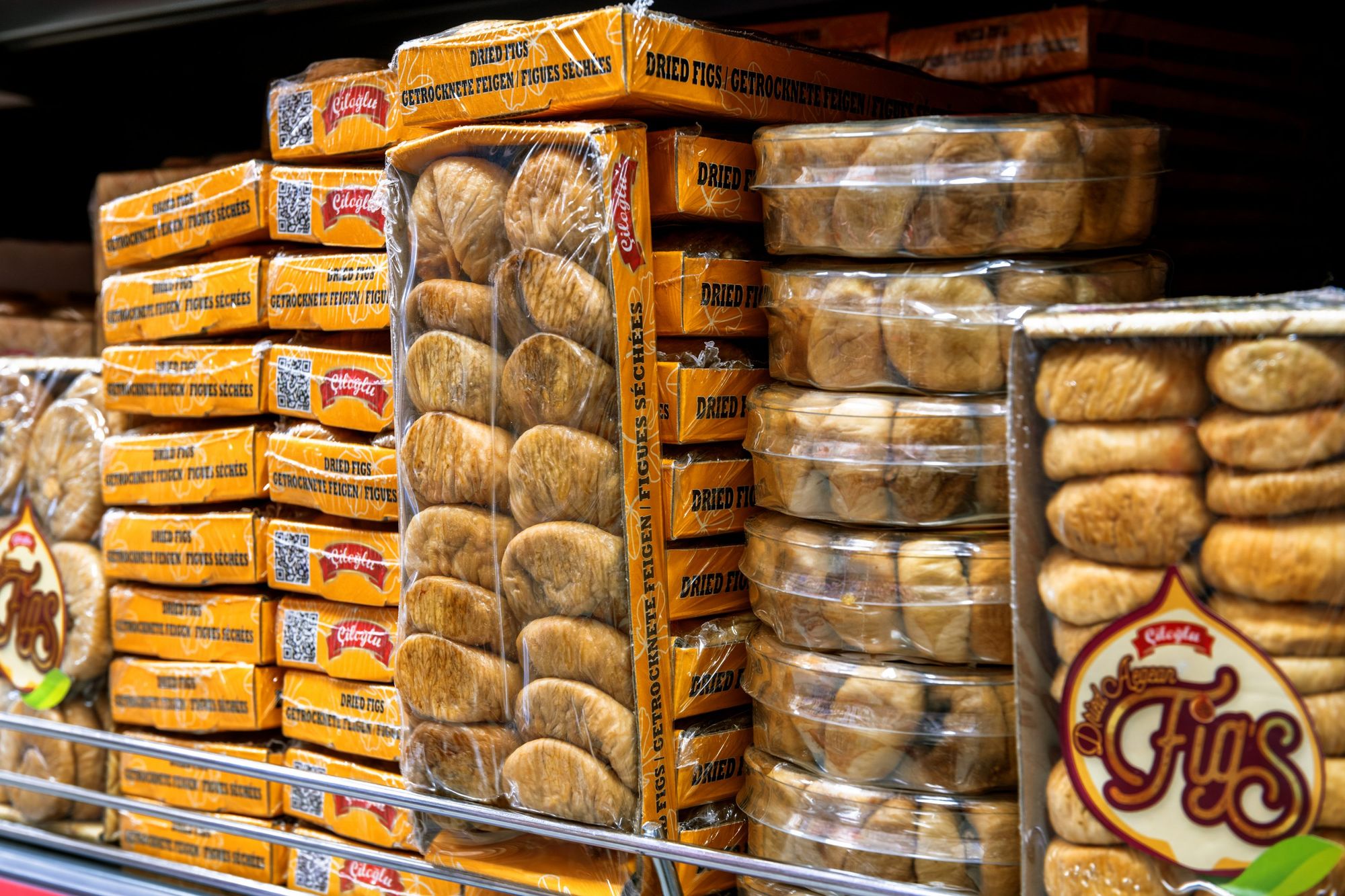
You can even experiment with all this at home, there is no shortage of raw materials. Troya Turkish Food Store was one of the first serious grocery stores in Hungary, specializing in Turkish and Middle Eastern gastronomy and is still the largest to this day. It opened in 2011 and was taken over in 2014 by Zafer Xani and Mehmet Szengheli. They came to the country in 1999, as textile traders, and also operated buffets. At that time, the offer of the store with a floor space of more than a thousand square meters was expanded—the goal was for all Turkish and Arab and Hungarian customers to find what they were looking for. The quality of the products is assumed to be high and varied, yet authentic. On the one hand, they also deliver to restaurants, and on the other hand, the diplomats living here are regular customers. Although the products come mainly from Germany (since Turkey is not a member of the EU, it is almost impossible to import goods), a lot of them are produced locally for the millions of people in the community there. For example, there is an incredible selection of legumes in raw and canned form (beans and lentils), fresh and dry olives (up to the size of walnuts), hundreds of spices to choose from and, of course, bulgur and rice.
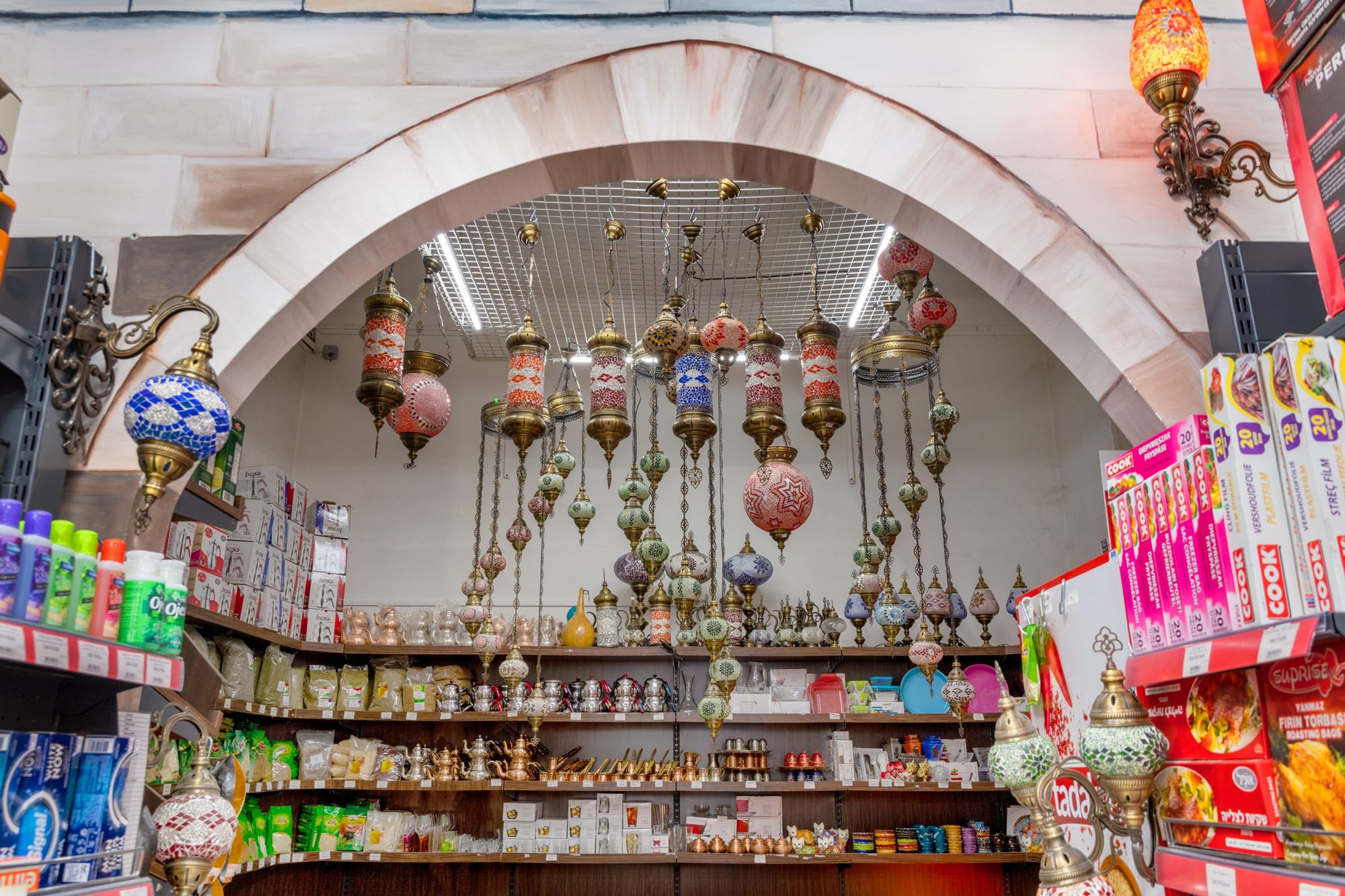
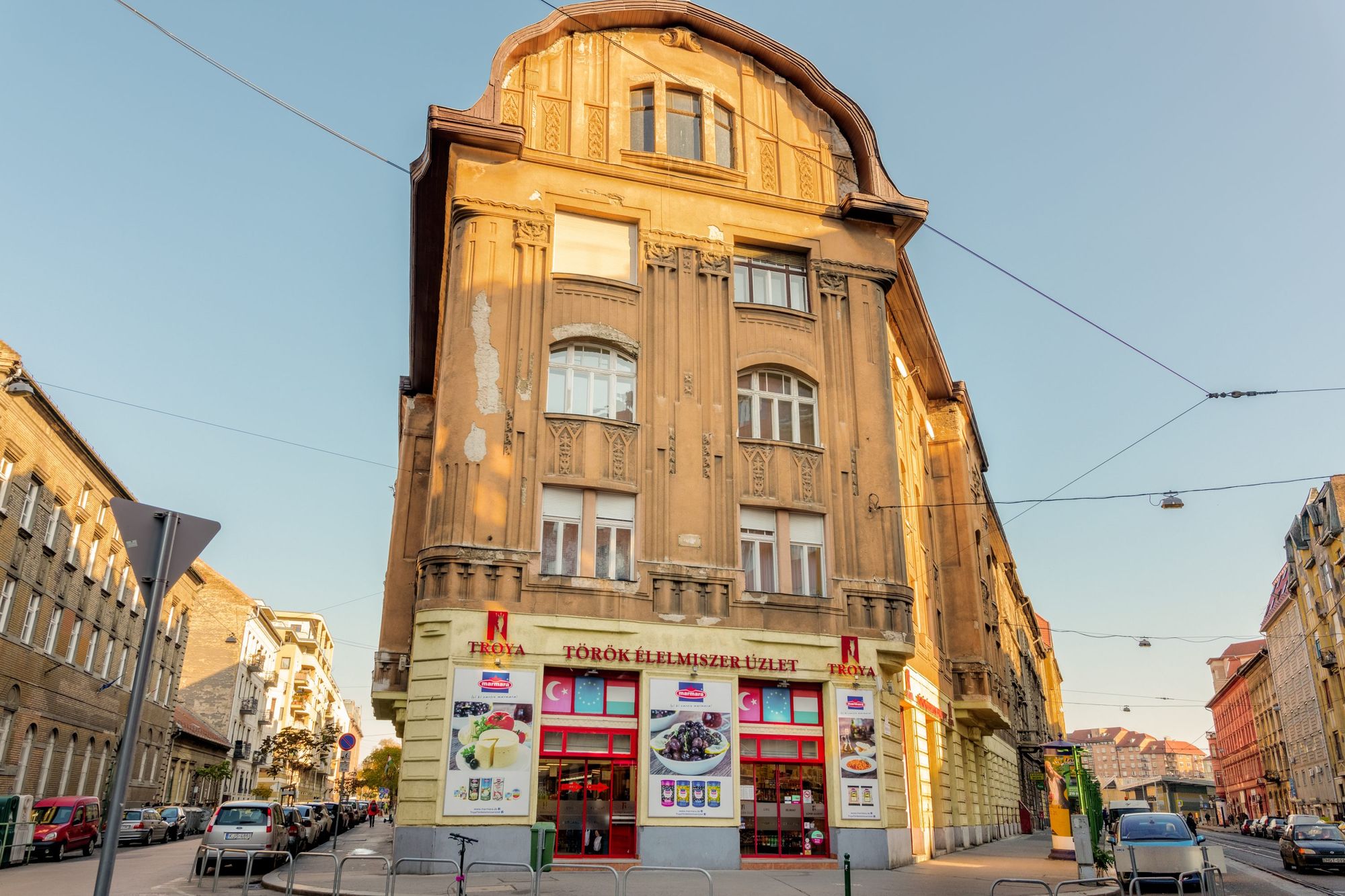

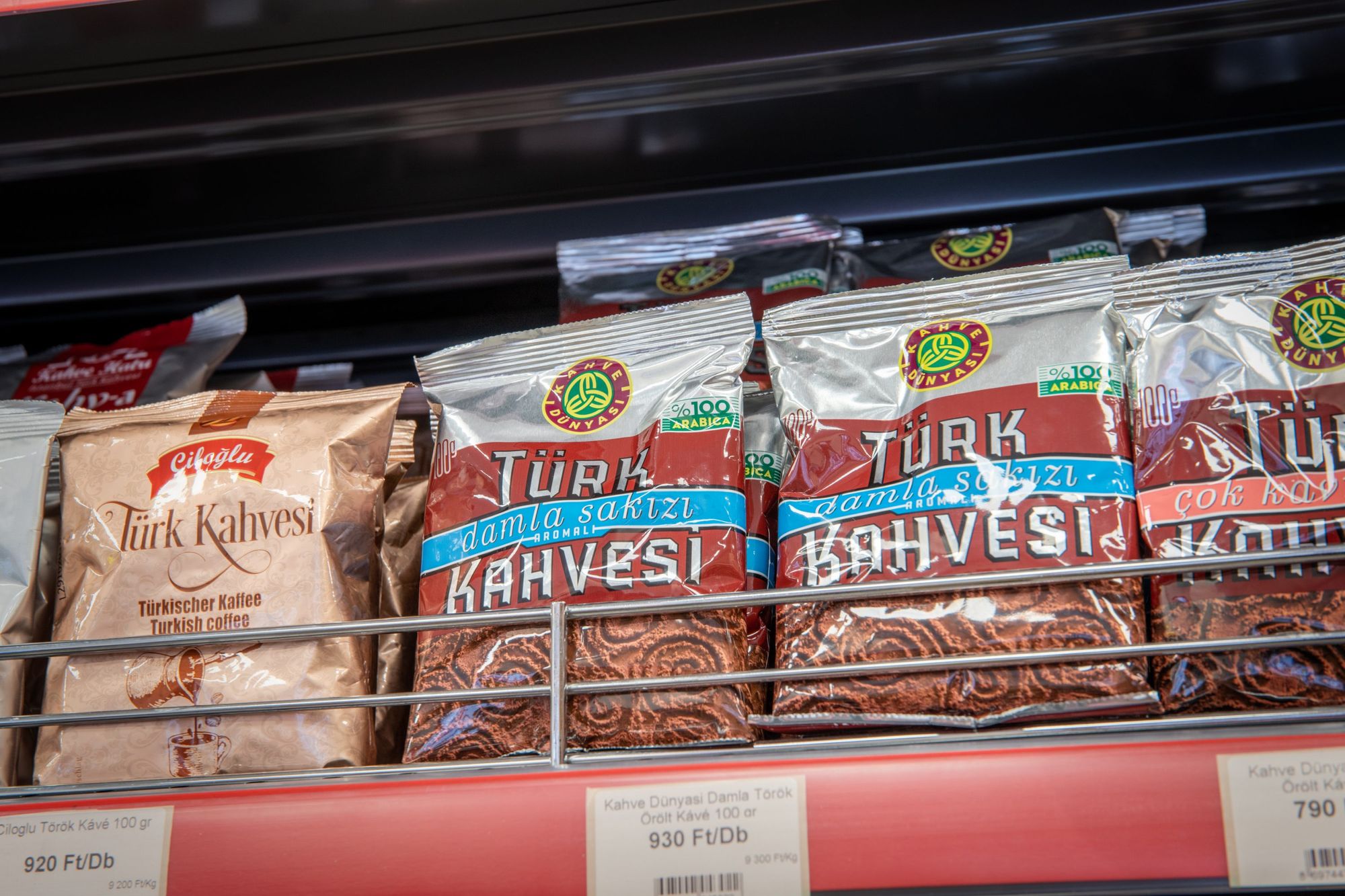
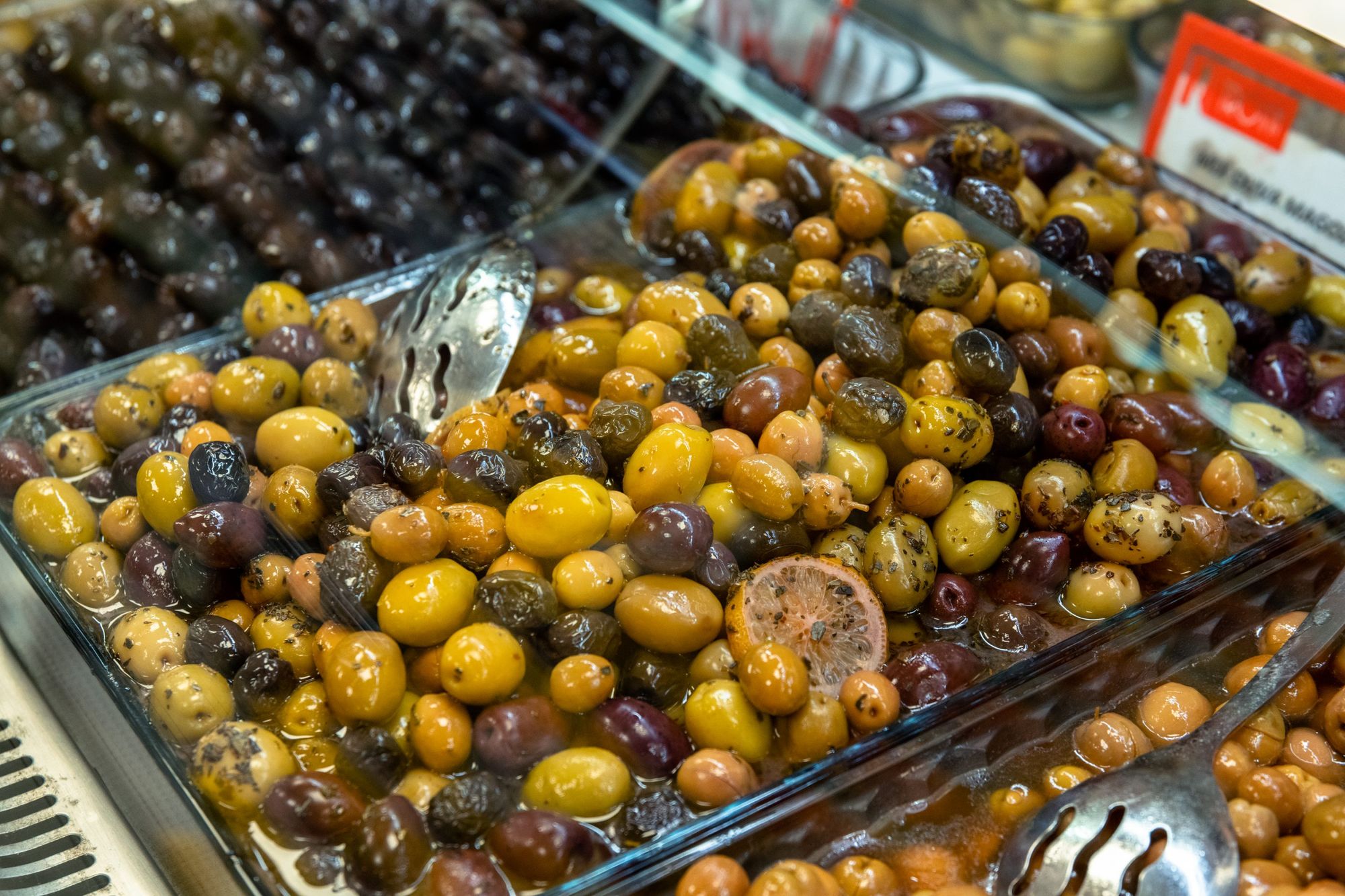
You can spend hours between different seed pastes (such as tahini made from sesame seeds) and molasses (pekmez, or must honey, made from carob or grapes or other fruits, for example), among dairy products, we can meet the world of thick yogurts and salty cheeses, buy pre-packaged flatbread and also perfect quality meat from a Turkish slaughterhouse in Hungary. In Islam, the consumption of halal meat is essential (which also complies with the kosher rules), so the butcher’s goods are guaranteed to be “clean” here. But if you’re timid, dried fruits and sweets like baklava and other treats filled with calories are a must-see. According to the owners, 50-60% of their customers are Hungarian (this is not typical in Western European countries, there is more resentment in the locals), although they are often a little unsure of how to use it. But the main reason they like us is that, unlike Turkish customers, we do not bargain.
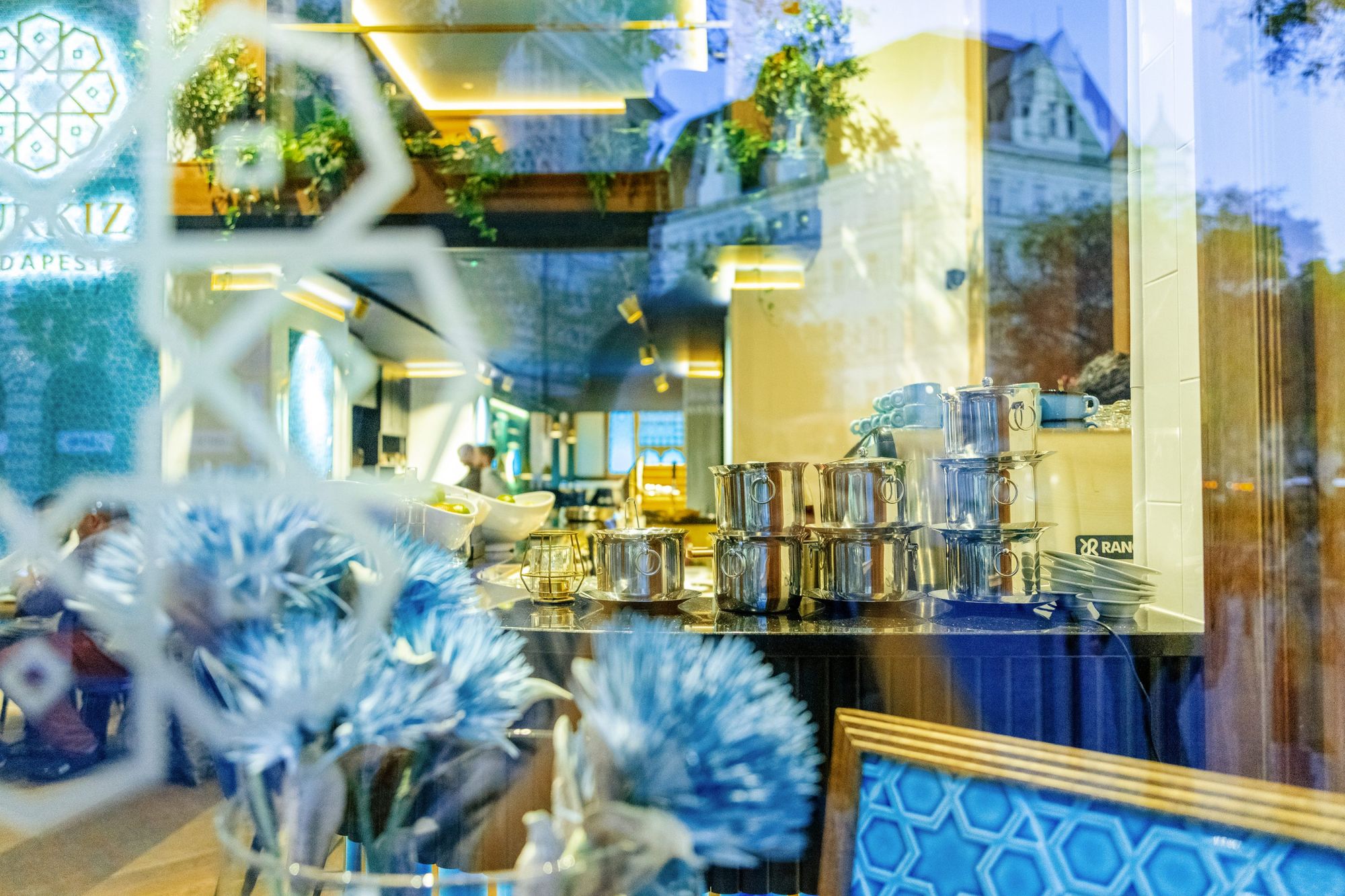
The most authentic flavors are available at the Turkiz Restaurant, which opened on 1 July next door to the Parliament. The owners started working on the idea last year, as they realized that Turkish cuisine was not properly represented. According to one of the founders, Bilal Aslan, they wanted to show the culinary melting pot that is the basis of their culture, which is why the chef team is Turkish, while the rest of the staff is Hungarian. Walking in the restaurant, the lavish elegance in which Turkish colors and authentic expressions are mixed is breathtaking, the place is like a gem. Architects have traveled to Asia for inspiration, and the result is unquestionable: in addition to the dominance of turquoise (the name of the color comes from the French turquoise, which means Turkish), brown and gold appear mainly, but the effect is not ostentatious or alienating.

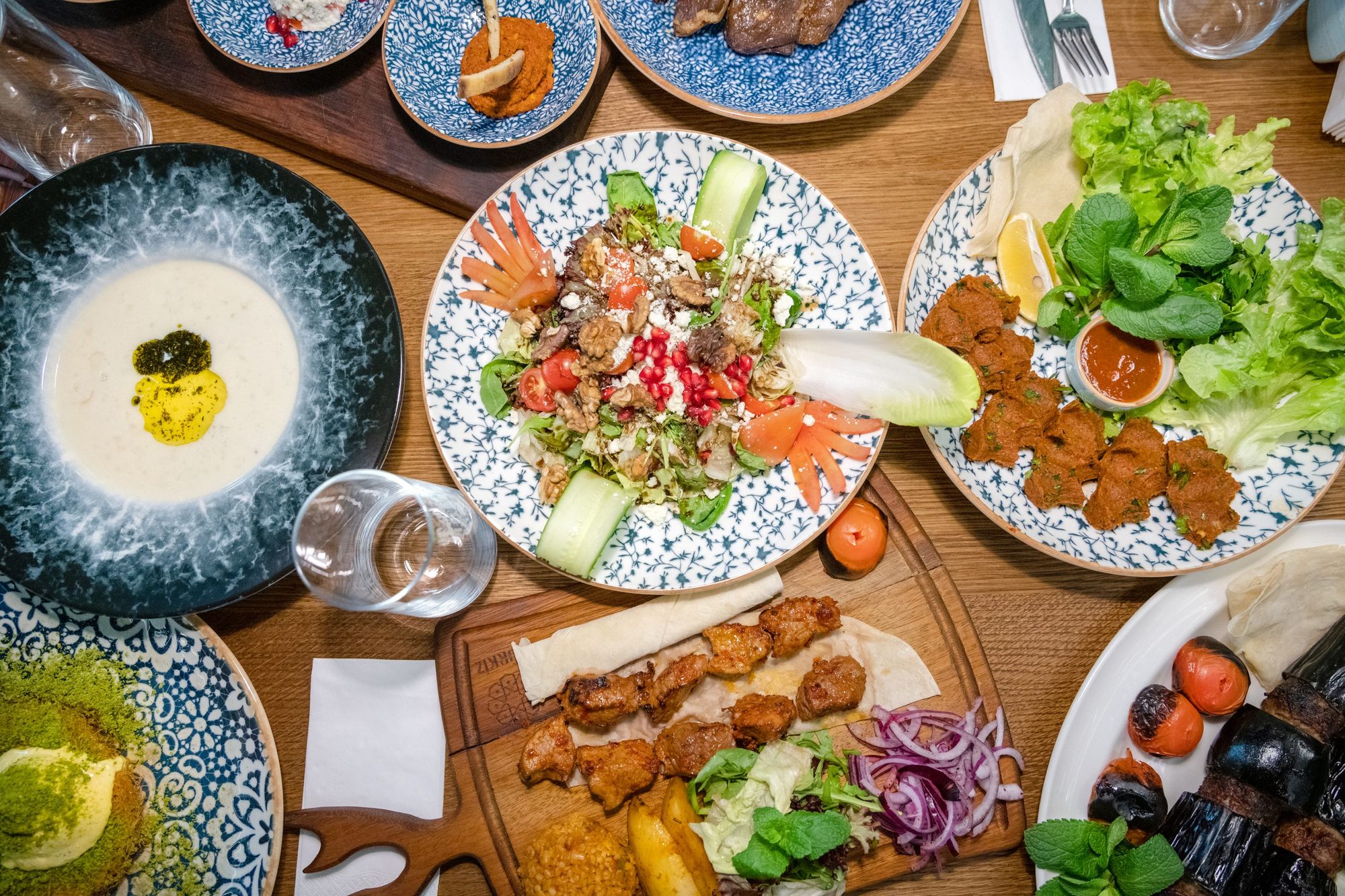
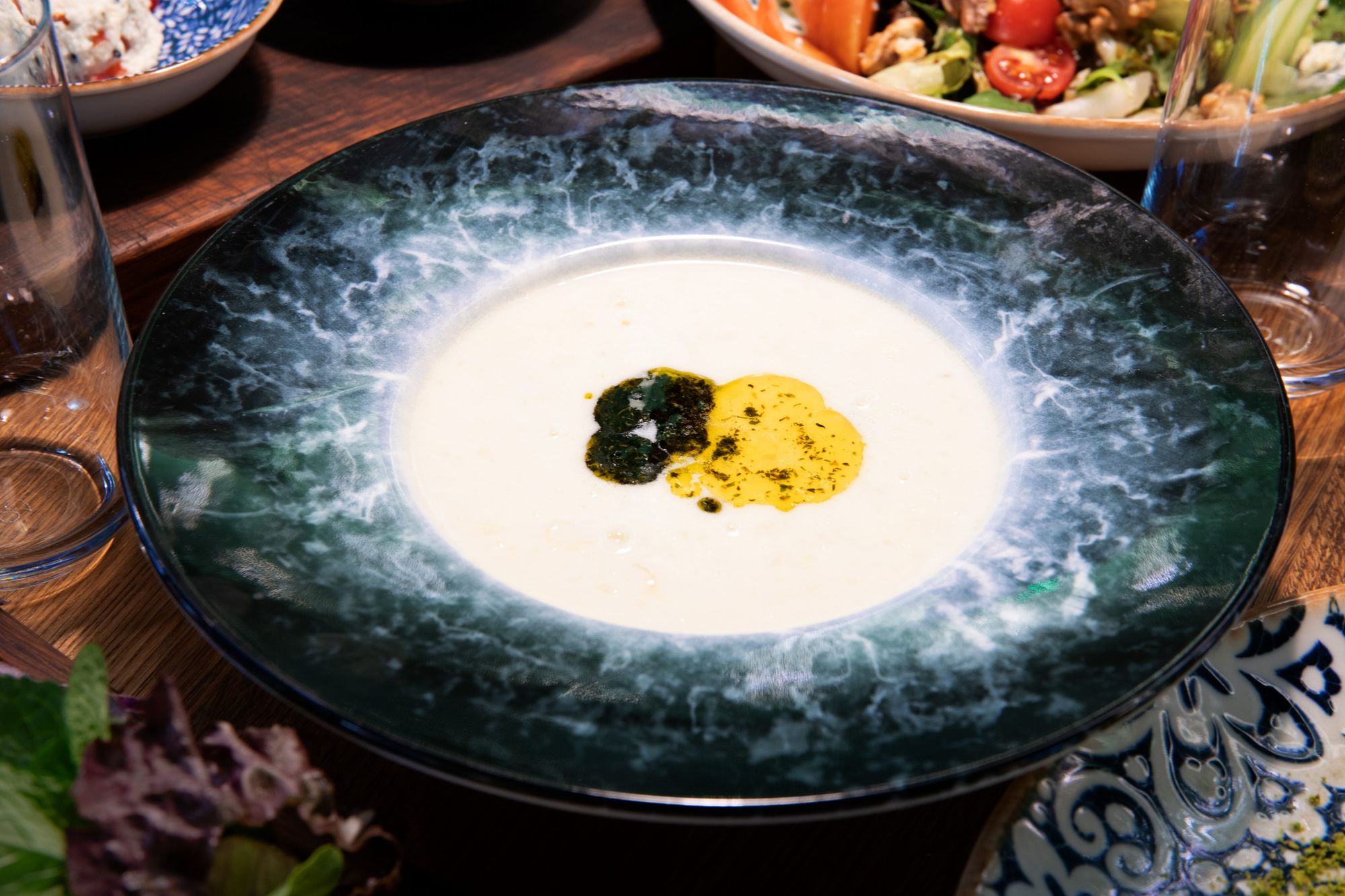

They weren’t trying to break into the fine dining scene (although they’d have all the ingredients), they wanted to open an authentic, high-quality restaurant with a pleasant atmosphere, even accompanied by live music and soft scents. The ingredients come mostly from Turkey, and the dishes include a selection of meze, northern almond-yoghurt salad, dolma, that is stuffed eggplant, traditional lentil soup, charcoal-grilled kofta and, of course, original desserts such as katmer and you must try the künefe as well. Over time, they also make Turkish breakfasts, as the culture of the first meal is very important to them, so maybe we can get to know the famous Turkish breakfast, the menemen as well.
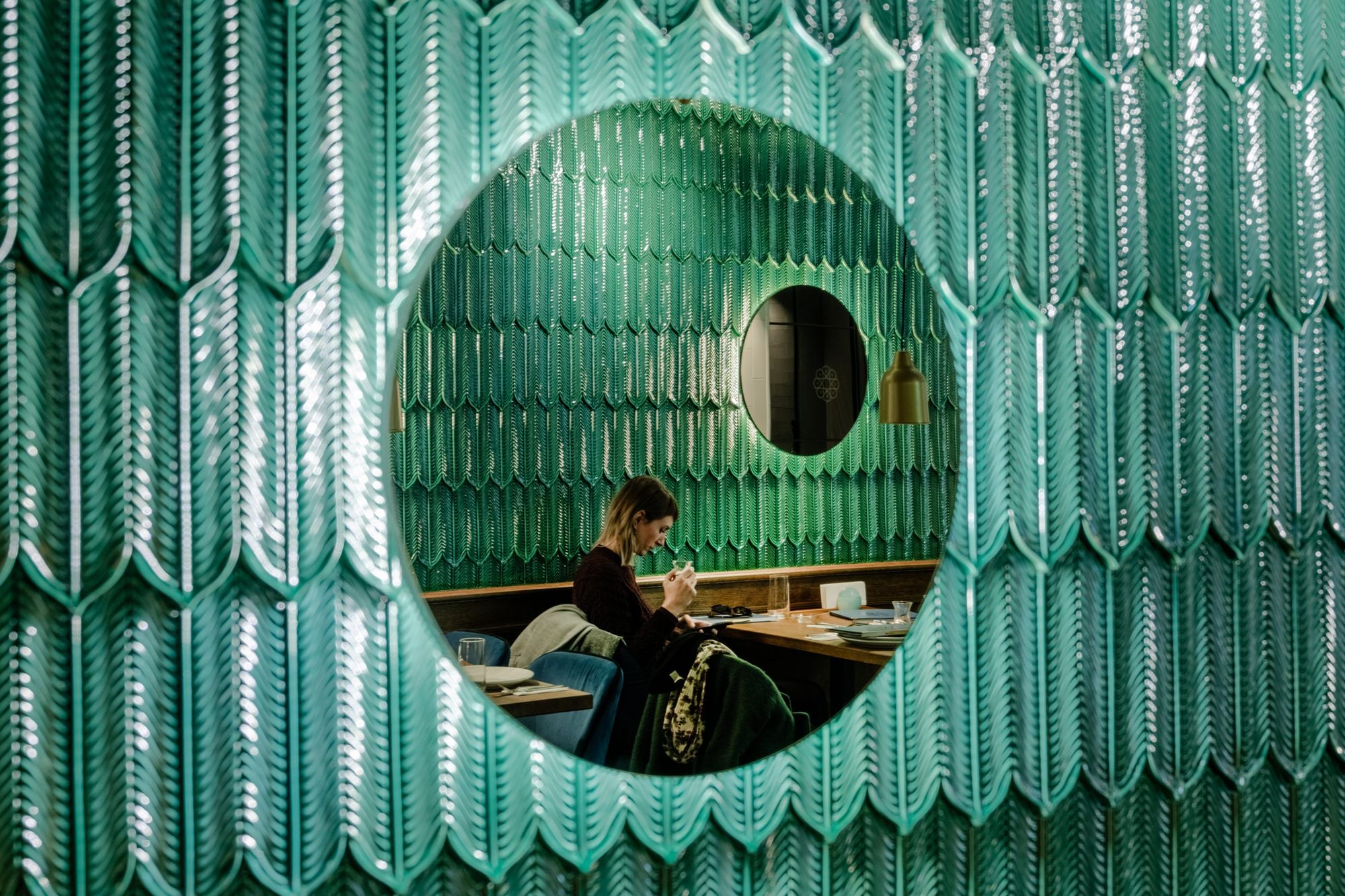
My companion at the time of writing was Ágnes Tóth, the creator of Nar Gourmet. Ági fell in love with Turkish culture during her university years, so she began to learn the language and became more and more immersed in the country’s cuisine. She worked as the cultural coordinator of the Yunus Emre Institute in Budapest, and then within the Ministry of Foreign Affairs and Trade she worked with Hungarian cultural institutes abroad, including those operating in Istanbul. In the meantime, she started a blog where she presented her culinary adventures and, of course, started cooking herself. Today, she speaks the language at a high level, has toured Turkey and gained experience in numerous restaurants, has more knowledge of the cuisine than most Turks, so she organizes cooking workshops, themed breakfasts and lunches in collaboration, for example, with Borganika, or just in her own apartment restaurant. Most recently, she worked at the Embassy of Hungary in Ankara for several weeks, where she prepared Hungarian dishes for Turkish guests from Turkish ingredients.
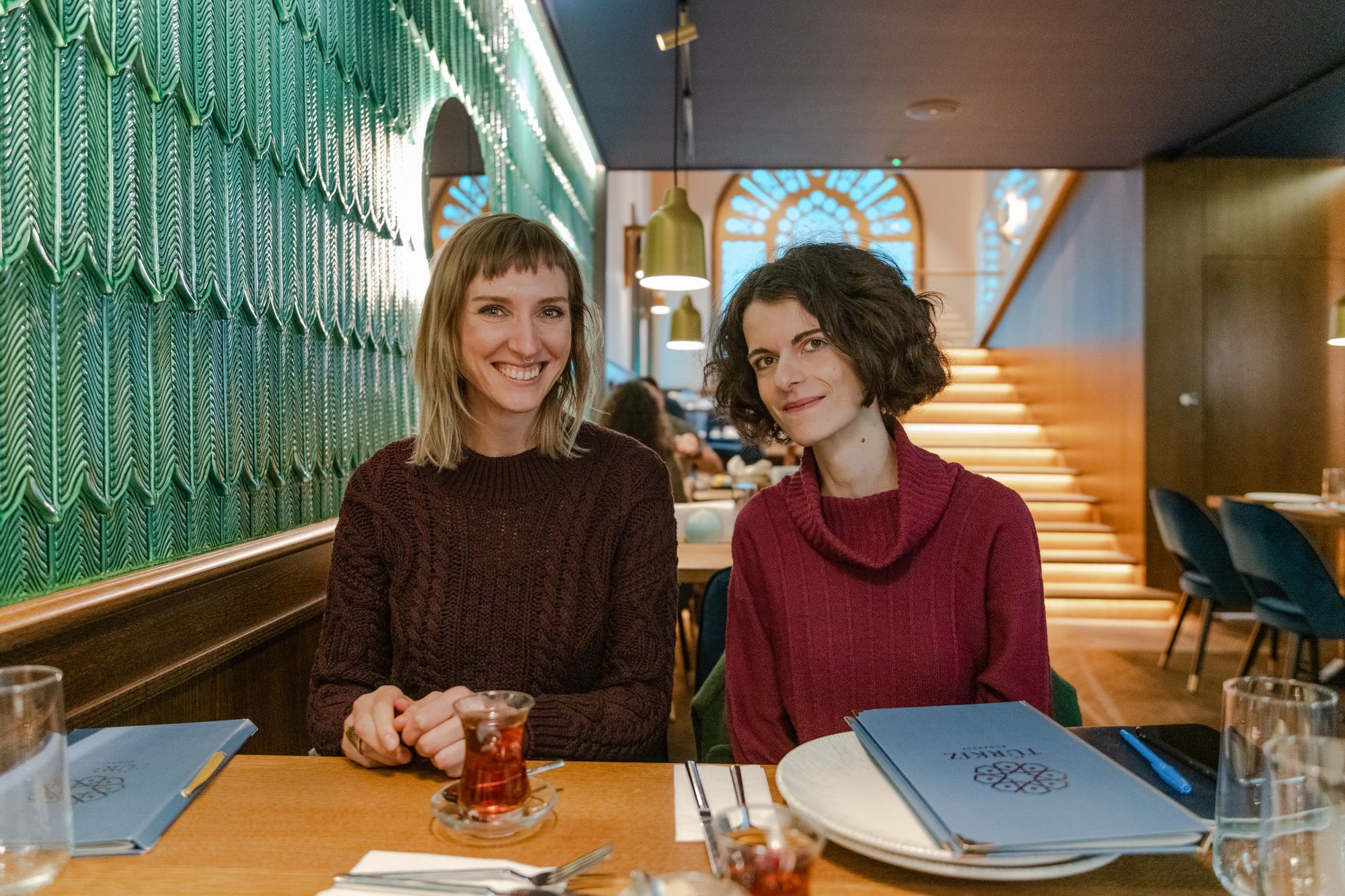
Photos: Krisztina Szalay
Previous articles in the series:

Three books published this year on the region’s unique treasures that we recommend

The playful interior of the First Steps Kindergarten in Warsaw | Mum Studio










